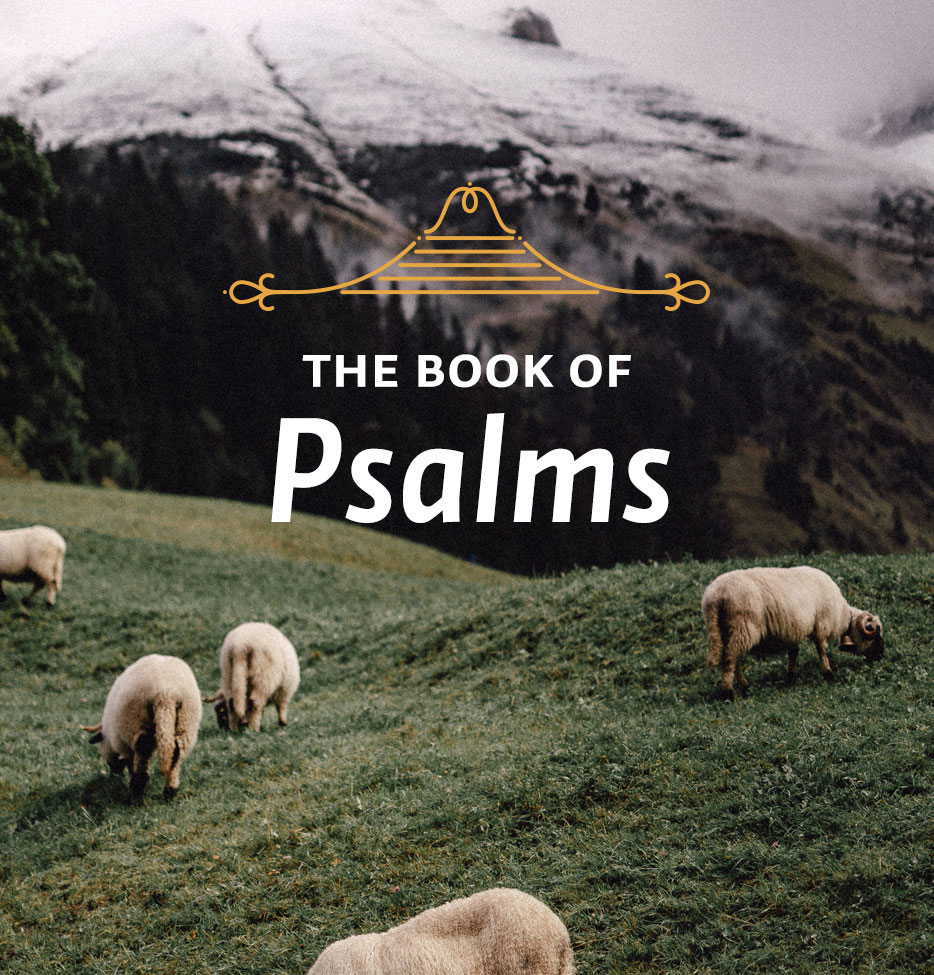Theme: Words to Be Obeyed
In this week’s lessons we continue our study of Psalm 19, and move from God’s revelation of himself in creation to the written revelation of himself in Scripture.
Scripture: Psalm 19:7-14
It would be hard to discover in all the Bible a more perfect example of Hebrew poetic parallelism than verses 7-9. There are six parallel statements in these verses, and each contains three elements which are likewise parallel. There are six terms for the written revelation, six adjectives to describe it, and six statements of what the Bible does.
Let’s look at the nouns first. The nouns are law, statues, precepts, commands, fear and ordinances. These describe the Bible’s multiple facets, just as Psalm 119 also does, though there are many more terms in the longer psalm. The word “law,” literally torah, is the most embracing term. It is not limited to specific legal commands, as our use of the word “law” is. The root meaning of torah is “instruction.” It has to do with everything God has revealed or says. Our best equivalent would be “the Word of God.” “Statutes” literally is “testimony.” It means an aspect of truth attested by God himself, perhaps with the idea of this being a reminder.1 “Precepts” together with the word “commandments,” which comes next, mean “orders,” indicating the precision and authority with which God addresses us.2 “Fear” is not strictly a synonym for law, though it is used as such. It describes the Scriptures by the effect they produce in those who respond to the revelation. The last verses of the psalm are an example of this godly fear or reverence. The final noun, “ordinances,” means “judgments” or “verdicts,” that is, the divine evaluation of our thoughts and actions.
To my mind, the interesting thing about this list is that it is an entirely different way of dividing up the revelation of God in Scripture from what is common among us. How do we do it? We do it in various ways. One way is to divide historical from didactic material, that is, stories from teaching. We speak of narrative material, poetic material, law and prophecy. We distinguish the Old Testament from the New Testament. We speak of gospels and letters. Even when restricting themselves to the psalms, scholars distinguish between hymns, laments, thanksgiving psalms, psalms of confidence, psalms of remembrance, wisdom psalms and kingship psalms.
None of these divisions is wrong, of course. In fact, each is actually helpful for the purposes for which it was devised. But what impresses me is how differently David goes about it. He is not dealing with style, that is, with types of literature. He is dealing with the Scripture’s true nature and function. And he is lumping it all together, saying that it is always and at the same time law, statutes, precepts, commands, fear and ordinances.
What is the one characteristic that these six terms have in common, despite the slightly different shades of meaning I have outlined? The answer is that they all portray the Bible as words to be obeyed. That is how David viewed the Bible, as the Word of God to be obeyed. Because it is the Word of God, it was to be received by him (and others) as authoritative, inerrant and absolutely binding.
Study Questions:
List and briefly define the six terms David uses to refer to God’s written revelation.
What do all these terms have in common?
Application: In response to what we learn about the Bible from this psalm, in what specific areas do you need to better obey?
1H. C. Leupold, Exposition of the Psalms (Grand Rapids: Baker, 1969), p. 81.2Derek Kidner, Psalms 1-72: An introduction and Commentary of Books I and II of the Psalms (Leicester, England, and Downers Grove, IL: Intervarsity, 1973), p. 99.






